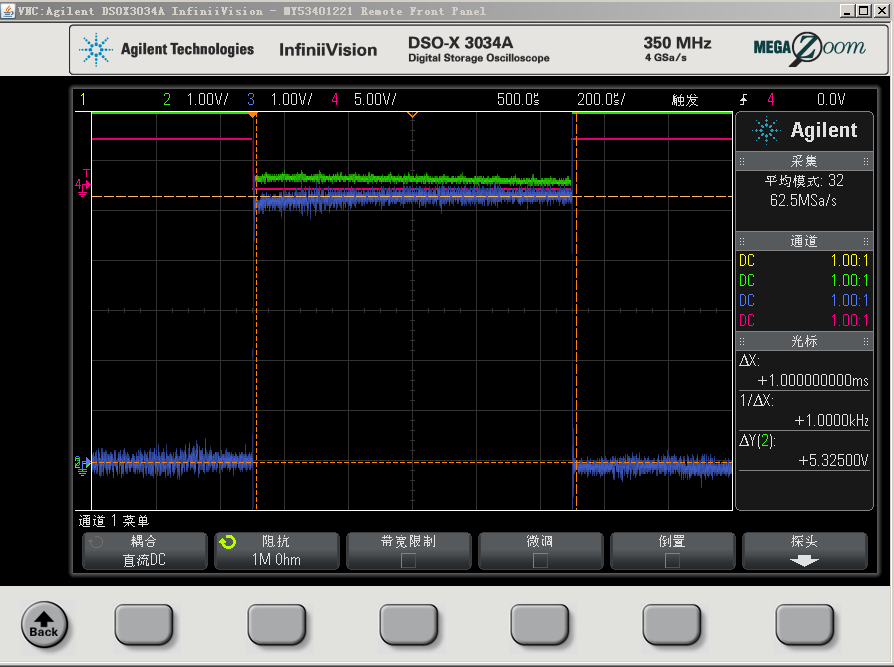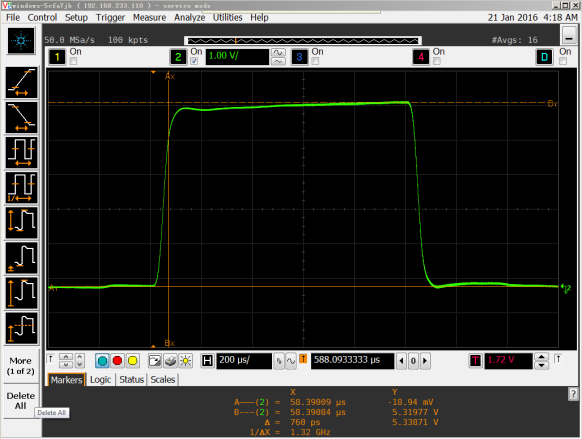The Accelerator Driven Sub-critical System (ADS) Injector I Proton Linac successfully achieved stable operation with 7 low-beta superconducting spoke cavities with high gradient on January 21st. The proton beam current was above 10.6 mA, the width of the pulsed beam was 1 ms, and the output energy reached 5.97 MeV. This is another significant step forward for ADS Injector.
During the operation, a pulsed proton beam was generated by the ion beam source, with a width of 1 ms after it passed through the chopping system. It was accelerated to an energy of 3.2 MeV by the radio-frequency quadrupole (RFQ), then boosted to 5.97 MeV by the seven superconducting spoke cavities. The whole test stand ran stably, and the beam transmission efficiency of the cryomodule was around 100%. The inter-vane voltage of ADS Injector I RFQ was 55 kV, and the input power was about 300 kW. The accelerating gradients of the seven superconducting cavities were all between 4.5 MV/m and 7 MV/m.
The ADS Injector I used MicroTCA.4 Platform as its LLRF (low level radio-frequency) control system, which was the first time in China that this signal processing platform was applied to practical operation of a large accelerator facility. This round of beam commissioning showed the reliability of the LLRF in controlling the RFQ, Medium Energy Beam Transport cavities and low-beta superconducting cavities. It guaranteed a smooth transfer for the beam commissioning mode from a narrow beam pulse (<100us) to a continuous wave (CW), thus improving the measurement of parameters and linac operation under CW mode for Injector I.
To achieve these test results required close coordination of staff in different research groups of the ADS, as well as very high standards for the stability and performance of the cavities, couplers, LLRF control system, cryogenic system and fast interlock protections. This gives preliminary verification that the test stand is stable, reliable and can operate with beam for a long period of time.

RFQ Output/CM1 input ACCT Beam Current: 10.6 mA (Image by IHEP)

CM1 Output DCCT Beam Current:5.3*2=10.6 mA (Image by IHEP)


